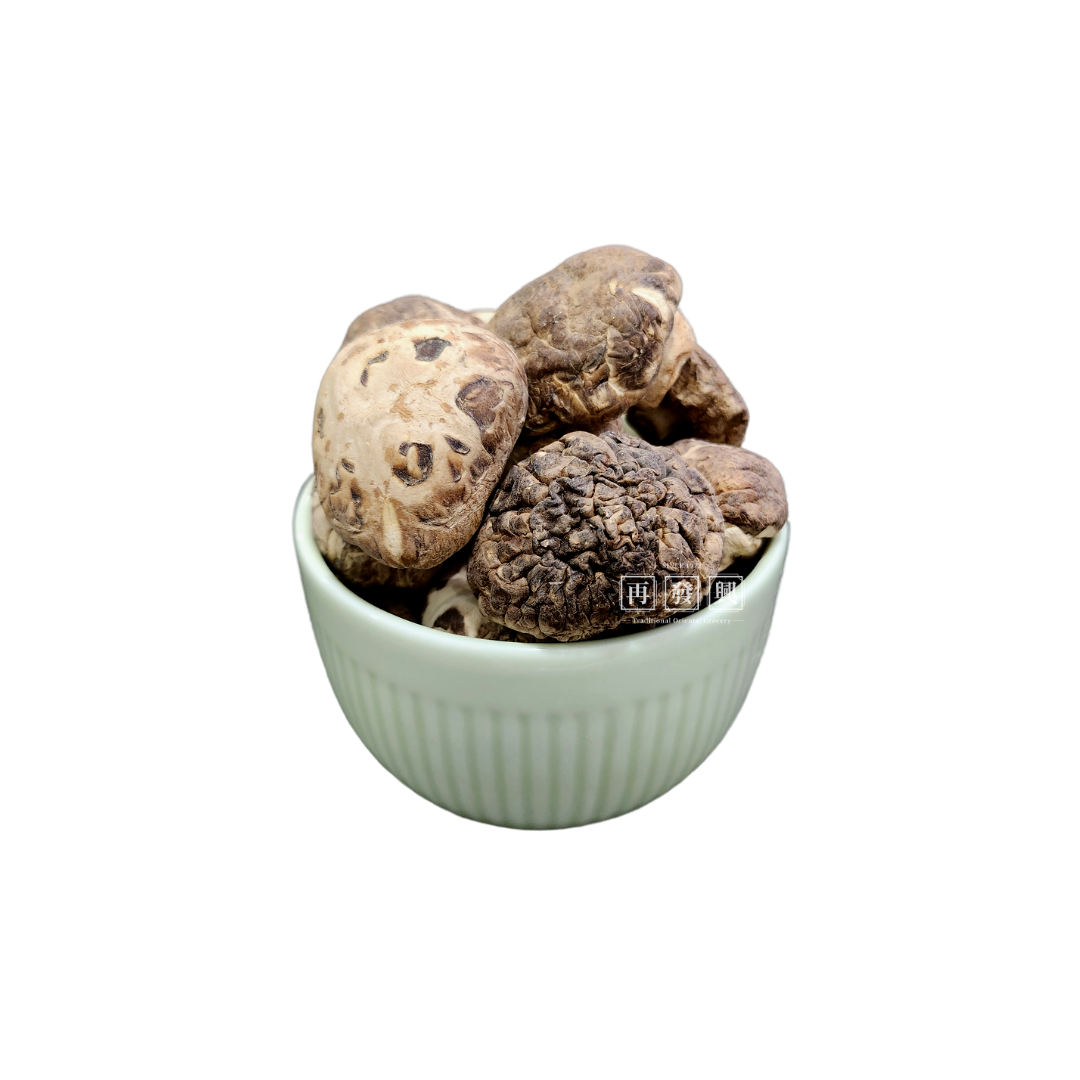Hot and sour soup is a staple in many American Chinese takeout menus, but its quality can vary widely. Some bowls are bursting with flavor, while others fall flat, offering little more than lukewarm, tasteless broth. For years, I resigned myself to the unpredictable nature of restaurant versions, never considering making it at home. That all changed when my dad revealed he had a family recipe for hot and sour soup that was nothing short of exceptional. This recipe not only delivers on flavor but also allows you to customize the heat and sourness to your liking, making it a standout dish that surpasses even the best takeout options.

A Legacy of Flavor: The Story Behind the Recipe

My grandparents owned a small takeout restaurant called Sun Hing, located in a rough neighborhood in New Jersey. They served dishes like fried chicken wings, shrimp with lobster sauce, and fried rice, which became staples for locals. Over the years, our family has preserved these recipes, and one of the most cherished is the hot and sour soup. It’s a dish that carries the essence of our heritage, blending traditional techniques with personal touches passed down through generations.
At The Woks of Life, we’ve always believed in honoring the authenticity of Chinese takeout classics while making them accessible for home cooks. While many modern takeout places prioritize speed over flavor, our goal is to bring out the best in each dish. By revisiting our family recipes, we’ve been able to recreate the rich, savory broths and vibrant flavors that make these dishes so special.
What Makes This Recipe Authentic?

The key to this hot and sour soup lies in the ingredients. Dried shiitake mushrooms, dried lily flowers, and wood ears are essential components that add depth and complexity to the broth. These items may not be common in every American grocery store, but they are easily found at local Asian markets or online. If you're unsure about any ingredient, the recipe includes links to a detailed Chinese Ingredients Glossary that provides descriptions and photos to help you identify them.
It's important to prepare all the ingredients ahead of time, as the soup comes together quickly once you start cooking. The process involves soaking the dried mushrooms and lily flowers, slicing the tofu, and julienned pork. Once everything is ready, the soup is simmered with a combination of soy sauce, vinegar, white pepper, and other seasonings to create that signature tangy, spicy flavor.
Step-by-Step Guide to Making the Soup

- Prepare the Pork: Combine julienned pork shoulder with water, salt, oil, and cornstarch. Set aside.
- Soak the Dry Ingredients: Soak dried lily flowers, wood ears, and shiitake mushrooms in water for 1-2 hours. Slice the mushrooms and chop the wood ears.
- Prepare the Tofu and Other Ingredients: Cut both spiced and firm tofu into thin slices. Julienne bamboo shoots and beat an egg.
- Assemble the Soup: Bring chicken stock to a boil. Add the pork and simmer. Stir in soy sauce, vinegar, white pepper, and sesame oil.
- Add Vegetables and Tofu: Include the soaked mushrooms, lily flowers, wood ears, and bamboo shoots. Add the tofu and vinegar.
- Thicken the Soup: Mix cornstarch with water to create a slurry. Slowly drizzle it into the soup while stirring in a circular motion.
- Finish with Egg and Garnish: Add the beaten egg to create silky ribbons. Garnish with chopped scallions.
Customizing Your Soup to Perfection
One of the greatest advantages of making hot and sour soup at home is the ability to adjust the heat and sourness levels. If you’re a fan of extra vinegar, you can add more to your bowl. Similarly, if you prefer a spicier version, simply increase the amount of white pepper. This flexibility ensures that every batch of soup can be tailored to your taste.
Substitutions and Variations
While the recipe calls for specific ingredients, there are several substitutions that can be made based on what you have available. For example, if you don’t have fresh shiitake mushrooms, dried ones will work just fine. Similarly, you can use chicken stock instead of beef broth, and white vinegar can replace rice wine vinegar. The recipe also allows for variations in protein, such as using cooked chicken or pork instead of tofu.
Tips for Success
- Use High-Quality Broth: A rich, flavorful broth is essential for a great soup. Beef broth adds depth, but chicken stock works well too.
- Don’t Skip the White Pepper: This ingredient is crucial for the soup’s signature heat. Avoid substituting it with black pepper.
- Stir Continuously When Adding the Egg: This helps create the delicate egg ribbons that give the soup its elegant appearance.
Serving and Storing the Soup
Once the soup is ready, serve it garnished with chopped scallions. It pairs well with a variety of side dishes, making it a versatile option for weeknight dinners. Leftovers can be stored in the refrigerator for up to three days or frozen for up to three months. Reheat gently on the stovetop or in the microwave.
Final Thoughts
Hot and sour soup is more than just a dish—it’s a celebration of flavor, tradition, and personal preference. With this family recipe, you can recreate the authentic taste of your favorite takeout meal right in your own kitchen. Whether you're a seasoned cook or a beginner, this recipe offers a rewarding experience that highlights the joy of homemade cooking. So why settle for mediocre takeout when you can enjoy a bowl of perfectly balanced, homemade hot and sour soup?